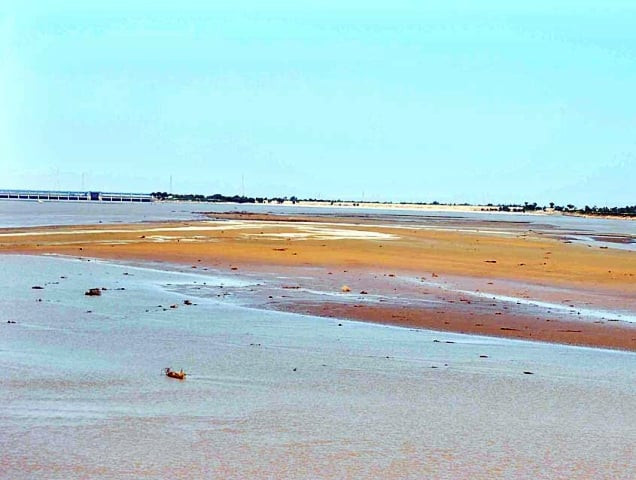Punjab watercourse maintenance
Punjab covers a vast area of over 205,300 square kilometres with millions of acres of agricultural land

“Pakistan’s irrigation system is already facing a shortage of 14 million acre-foot of water and if India suspends our water supply … it will badly affect our Rabi crops,” said an official on condition of anonymity. PHOTO: APP/FILE

The On Farm Water Management Programme has led to some positive developments in agriculture in Punjab, but the work is far from being complete. The irrigation system’s inefficiency is risky as Pakistan continues to face high food insecurity, ranking 76 out of 113 countries on The Economist Intelligence Unit’s 2016 Global Food Security Index, mostly beating out several African and war-torn countries. A faulty irrigation system can further exacerbate the problem if water resources continue to be squandered. The problem also needs to be assessed through the angle of malnutrition and the health of crops.
Like the centuries-old canal in Punjab that requires either heavy maintenance work or complete restructuring according to modern engineering design, many aspects of the country’s infrastructure are falling apart and require timely attention. It is high time the leadership take more keen interest in revamping the infrastructure across all cities, be they irrigation or water supply systems, buildings, or roadways. The majority in this country either falls below the poverty line or exists in the middle socioeconomic class and is at the mercy of government assistance in meeting its basic needs, such as its need for access to water.
Published in The Express Tribune, December 5th, 2016.
Like Opinion & Editorial on Facebook, follow @ETOpEd on Twitter to receive all updates on all our daily pieces.















COMMENTS
Comments are moderated and generally will be posted if they are on-topic and not abusive.
For more information, please see our Comments FAQ